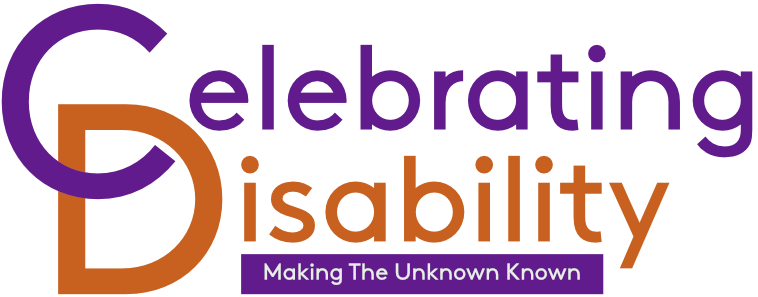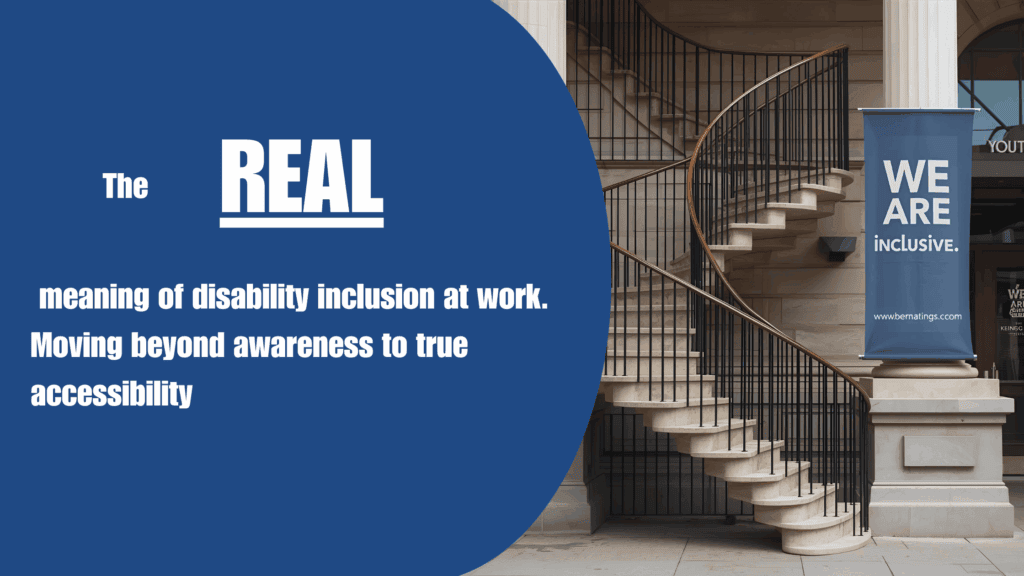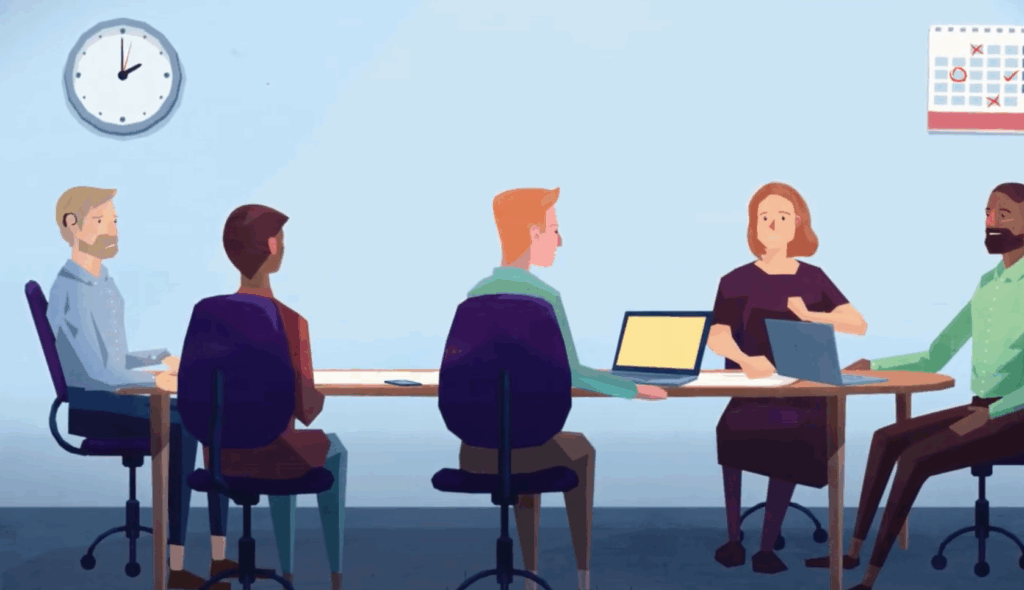In This Blog: Making sure that every disabled shopper finds your shop accessible will mean that they stay longer and spend more money. Here are some ways for you to make that happen
- Shop Website Accessibility
- Accessible Customer Service Phone Systems
- Staff Attitude
- Lower Shop Counters
- The Shop Floor Plan
Accessible Shopping
Even though they may want to, many disabled people struggle to shop in High Street shops due to a lack of sometimes very basic accessibility. As highlighted in the #PartofMe Podcast, many disabled people would still prefer to shop in High Street outlets. However, they struggle to due to lack of design, awareness, space and sometimes attitude.
The spending power of disabled people is over £250 billion per annum. However many businesses do not understand how to attract disabled people and support them to buy their products. Because of this, the majority of the Purple Pound (the disability spending power) can be spent with a minority of businesses.
With regular disability awareness training and knowledge, businesses can develop the skills required to engage and support disabled people. Examples of awareness development may include: understanding the barriers faced by different impairment groups. With developed awareness a business could confidently develop a customer contact centre that is mindful of the physical limitations brought on by one’s disability.
Barriers to businesses and services can prevent disabled people from feeling confident that a business will meet their needs. A survey carried out by Papworth Trust revealed that the following are main reasons for disabled customers tending to swap to a business’ competitor:
- Inaccessible premises
- Inaccessible websites
- Poor customer service
- Lack of awareness
- Poor communication
- Inaccessible telephone systems
- Inaccessible printed information
The survey also suggested that a disabled person would stay with the supplier if the supplier showed willingness and flexibility.
Below are 5 pointers to help you ensure you get your piece of the Purple Pound in 2018:
There are many ways that you can make your website accessible for disabled people. These tasks do not have to be long winded. Nor do they have to be arduous or make your website look “boring”. What they will do is say to you disabled customers that they are valued and that you are making an effort to ensure they have a good customer experience.
Developing content that will attract disabled people is also helpful. For example, if you are a gym, you may have clientele who typically use specific gym equipment. A disabled person may not think they can access your equipment. By promoting that other disabled people have used your gym and showing relevant testimonials, you are engaging your disabled audience.
Accessible Customer Service Phone Systems
With modern technology, customer service phone systems are developed to be intuitive and efficient. However this is not always the case for a disabled person and can cause unnecessary barriers. For example, I cannot use more than one hand at the same time so if I call a contact centre that tells me to press 4 to place an order, this is impossible unless I have someone to support me. The phone systems that require voice instruction are equally as inaccessible for anyone with a speech impairment.
Developing alternative methods for people with access requirements can support a customer to still buy a product from you without much difficulty.
Staff Attitude
In a physical shop, the attitude of your front of house staff is imperative to supporting a disabled person to feel welcomed, supported and willing to buy. Ensure that your staff have disability inclusion training that covers areas such as language and etiquette, disability confidence and a general awareness of the difficulties of moving around a shop floor in a wheelchair. Ensure these, and the above will be a no brainer.
Low Shop Counters
Now all your staff are trained and equipped with the tools and resources. Ensure that when it is time to make the purchase, all of this hard work is not undone. The shop may have step free access and offer support to any disabled customer but the payment experience should be equally as rewarding. One thing that could ruin this experience is if your disabled customer cannot reach the counter. If possible, consider building a lower counter for a person in a wheelchair to reach. Granted, this is not always possible and in these situations, a demonstrated empathy towards the customer can go a long way. Consider keeping objects behind the counter such as a folder for a customer to lean on when signing and ensure that your card machines can be removed from its holder.
All of the above is not relevant if a disabled customer cannot enter your premises. Ensuring that your shop is wheelchair accessible is imperative. If I see a shop that I cannot enter, even if its selling exactly what I want, I will go elsewhere and so will the majority of disabled people.
Once in the shop, ensure that a person in a wheelchair can easily move around and see everything on offer. Do not store items in the accessible changing room and try to have clear access to every part of the shop.
Not sure where to start?




